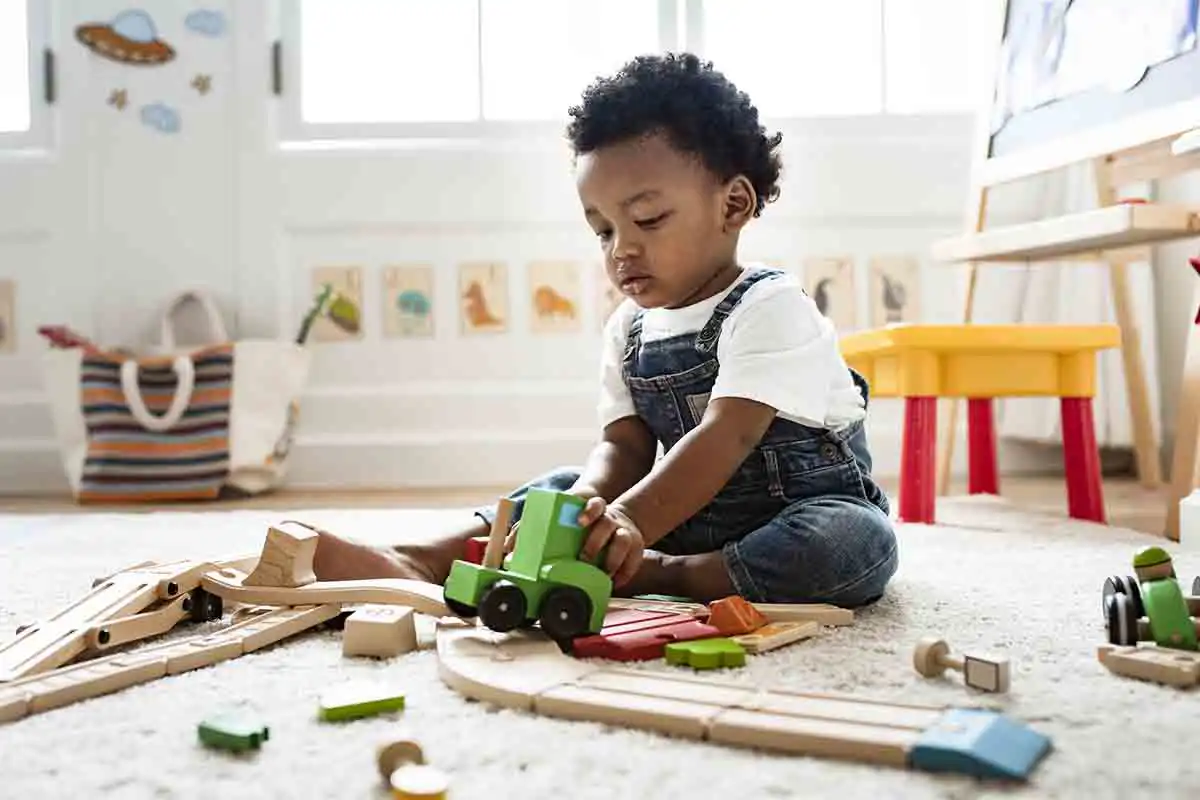It is suggested that parents should promote dancing for their babies or toddlers. This not only helps young children explore their creative side, but also trains their thought processes to be more innovative. This ability to creatively express themselves is a skill set that is particularly useful in improving their academic performance, hence preparing them for school.
Moreover, once they start swaying to the music, toddlers’ coordination skills gradually improve. This involves understanding how their body movements resonate with their surroundings. Dance, being an active activity, establishes a foundation for the child to appreciate all kinds of motion, hence setting the stage for a more physically active lifestyle.
Rearing your toddler to love dance, therefore, can prove to be an immensely beneficial factor in shaping their development. However, parents may often question when and how they should go about fostering their little ones' love for dance and what they can expect from this delightful milestone.

Firstly, parents need to understand that all children are inherently attuned to sound and rhythm. Even before their first birthday, babies start reacting to the music by smiling, swaying, and in some cases, even clapping. Around the milestone of one year, they may also start reacting to musical games such as ‘Patty-Cake’.
Following the first few steps of their life, which usually occurs between 12 to 15 months, toddlers around 15 to 18 months start dancing. However, their early dancing moves may basically look like simple rocking of their body with their feet firmly on the ground.
As the child approaches one and a half years, they start getting comfortable with their dancing skills and may start reacting to the rhythm and beat by moving side to side and spinning.
It is part of the natural course of a child’s development that when they start turning two, they also start incorporating their arms into their dance. This goes on to enrich the dancing experience for the child and helps them connect better with the music.
When it comes to encouraging your child to dance, all you need is a good tune and ample space for your child to express themselves. You can share your favorite songs that make you groove and taking turns, let your child choose which song they want to dance to.
However, it's perfectly fine if you don’t have access to a playlist. The idea is not to produce music, but to make your own by clapping or singing. Singing is not only a delightful way to bond with your child who loves the sound of your voice, but it also helps them distinguish individual sounds and syllables, which in turn, promotes their developing language skills.
Most toddlers don’t really need a push to get moving. However, you joining in can inspire them to the extent of developing a love for dance. Don’t worry if you feel like you can’t stage a dance performance. Your toddler surely doesn’t notice!
You can also introduce music into your baby’s everyday routine to give them an outlet of expression. Choose the type of music that matches your child’s mood. If they’re feeling extra excited, you may want to turn on some energetic tunes. On the other hand, soothing lullabies can help when the child is in a quiet or calm mood.
When it comes to advanced dancing games for your toddler, you may want to take your parenting creativity to another level. There are number of ways you can switch your dance party into a more dynamic mode, such as incorporating props like egg shakers or musical instruments, and role-playing as a part of your dance routine.
Other games include playing interactive songs such as ‘Head, Shoulders, Knees, and Toes’, ‘Hokey Pokey', 'Chicken Dance’ or the ‘Cha-Cha Slide’. You can also change the beat by experimenting with different musical genres to see how your child adjusts their moves to match the rhythm.
While you allow your toddler the liberty to hop, bop, and spin, safety should also be kept in focus. It is important to ensure that the 'dance floor' is free from clutter and sharp corners that can potentially harm your child, and also that the flooring is slip-resistant to prevent accidents. Also, make sure your child takes short breaks to rest and hydrate.
Aside from encouraging dance at home, parents can also think about enrolling their child in a dance class. Toddler dance classes can be a great source of exercise and provide ample opportunity for socialization. For younger children, picking a dance class that focuses on items that are fun is recommended. You can also find parent-child classes where you take part together. Both experiences can be equally rewarding and help in nurturing your child’s love for dance.
It’s natural for parents to be concerned if their child isn’t dancing by a certain age when most toddlers are. However, every child develops at their own pace and parents must be patient. Some children don’t walk until around 18 months, so they might take longer to start dancing. If you're worried about the timing and nature of any developmental milestones, always consult with your pediatrician for guidance.
In conclusion, dance can be a great way for your child to express themselves and have fun at the same time. So, keep the music playing and let your child enjoy the beat, at their own pace.